Seeing in Black and White: My First Time Editing Street and Portrait Photography in Monochrome
- Tatiana Mocchetti
- Jul 22
- 9 min read
I’ve always photographed in color.Color, after all, is what first drew me to the streets—the vibrant signs, the warm tones of Thai markets, the soft light falling on a child’s face, the contrast of blue shirts and red umbrellas. For years, color felt essential to how I captured the world around me.
But here’s a secret I haven’t really said out loud before:When I struggle to edit a color photo—when nothing feels quite right—I often turn to black and white as a kind of last resort. Not out of vision, but out of frustration. It’s like stripping the photo bare, hoping to find something I missed in all that color.
Lately though, I’ve started to wonder:What if black and white isn’t just a backup plan? What if it’s a way of seeing all its own?
Maybe it was the quiet elegance of a portrait I saw online, or the way some images by Cartier-Bresson and Doisneau kept haunting me—not because of what they showed, but because of what they left out. There was something in the shadows, the textures, the pauses between black and white that made those images linger longer in the mind.
So I gave myself a challenge:To revisit some of my own photographs—street scenes, portraits, daily life—and try editing them in black and white with purpose, not by default. To make it the choice, not the fallback.
This post is not a tutorial. It’s a first step, an experiment, and maybe the start of something new in how I see. I’ll share what surprised me, what I learned from removing color, and why I believe black and white might hold more emotion than I ever expected.
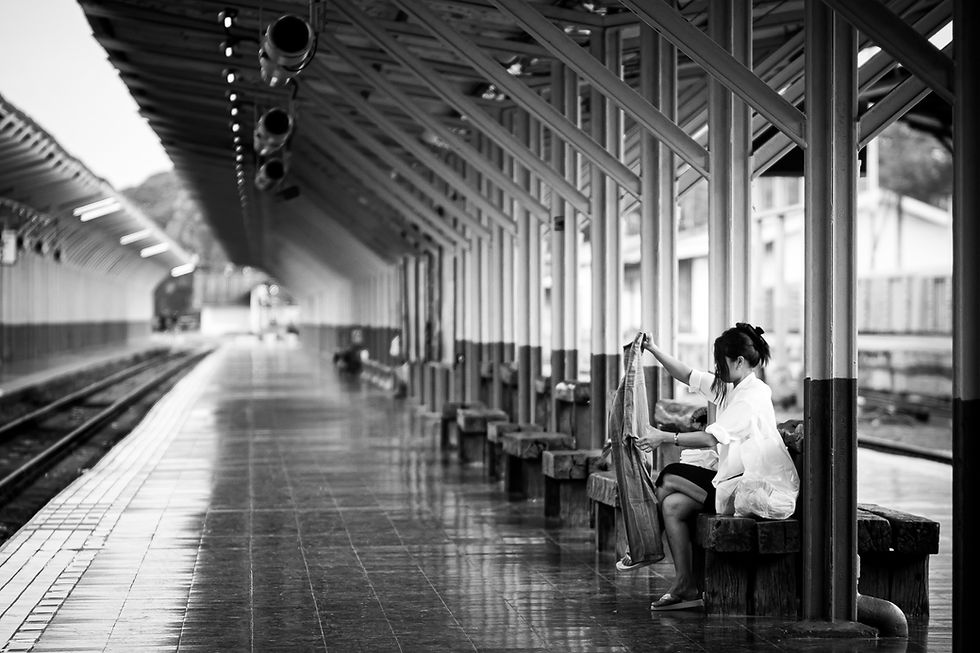
What Black and White Changes in Photography
When I began re-editing some of my street and portrait photos in black and white, I expected the mood to shift—but I didn’t realize how much it would reveal. Color is beautiful, no doubt. It seduces the eye. But black and white… it cuts deeper. It removes the noise and leaves only the essence.
Here’s what I noticed:
Light Becomes the Subject
In color photography, we often chase “good light” without really seeing its shape. But in black and white, light becomes the composition. It’s not just how something looks—it's how it’s sculpted. Shadows, midtones, and highlights begin to take on their own personality. A face in half-shadow becomes a story. A wall hit by morning light feels like a stage.
Suddenly, I wasn’t asking myself “Is this the right color?”—I was asking “Does the light fall in a way that tells the truth?”
Emotions Become More Pronounced
Without color, the viewer pays attention to gesture, expression, wrinkles, eyes, stillness. You see feeling more clearly. In one re-edited portrait of an elderly woman, I noticed that without the distraction of her vibrant clothes or surroundings, all I could see were her hands and the depth in her eyes. It made the image feel more human, more timeless, almost like I was seeing her for the first time again.
Black and white makes you linger. It makes you feel.

It Slows You Down (And That’s a Good Thing)
Color editing can be technical—temperature, hues, split toning. But when you strip it down to monochrome, you're working with light and feeling. It forced me to be more deliberate. I adjusted contrast differently. I played with texture, clarity, and vignettes with more intention. It slowed my process in a way that felt meditative—less mechanical, more intuitive.
Coming from someone who always thought color was essential to their work, this section of the process was… unexpectedly emotional. It wasn’t just about how the image looked—it was about how it felt.
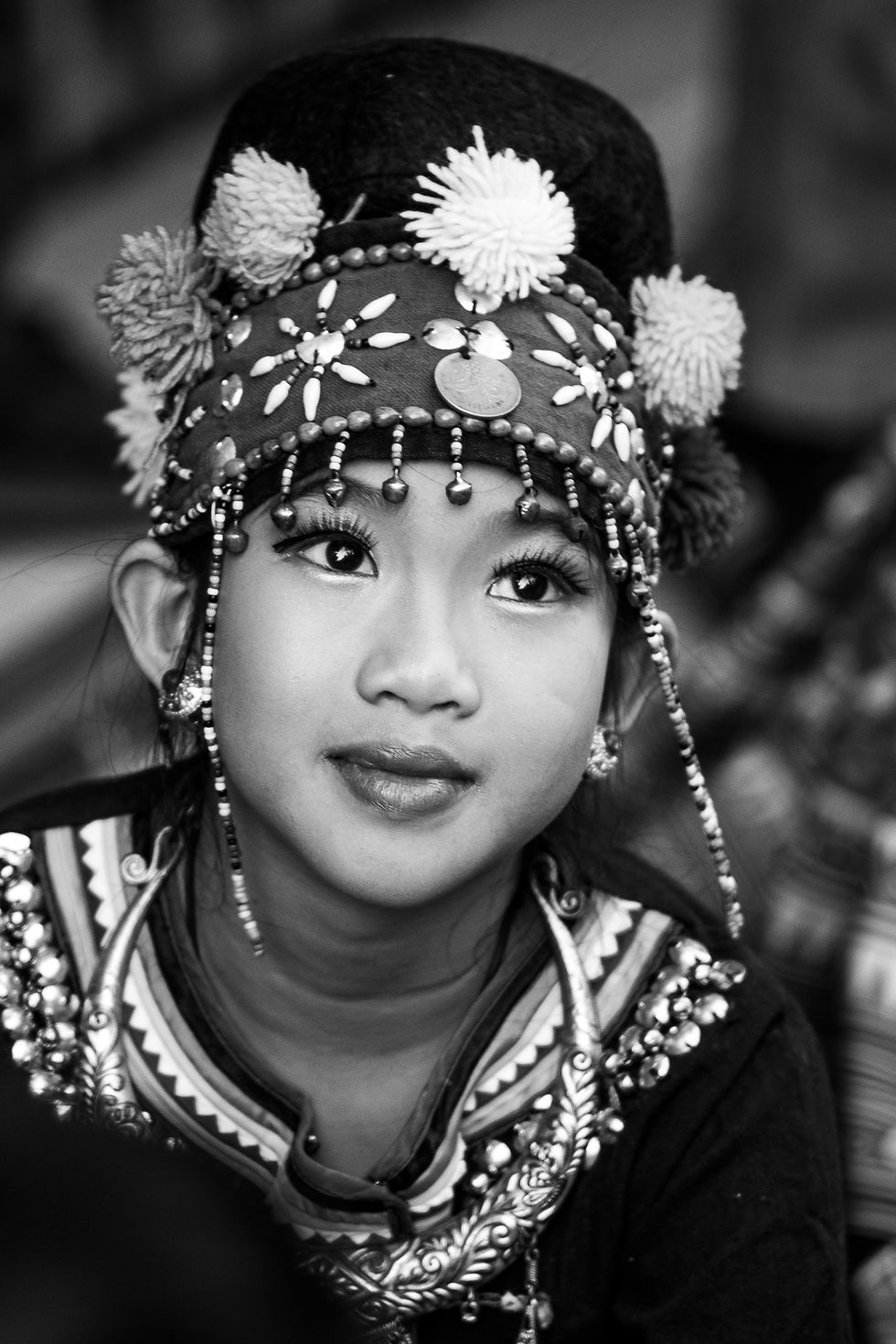
My First Attempts at Black and White Editing
When I sat down to re-edit some of my older photos, I didn’t really have a plan—just curiosity. I opened Lightroom, went through my archives, and started asking myself a simple question:“What if I had seen this moment in black and white from the start?”
That shift in perspective changed everything.
Choosing the Right Images
I began with the shots that had always felt a bit… off. The ones I loved for their emotion or composition, but could never quite get right in color. A girl holding a balloon. An old woman in dramatic sidelight. A boy staring from a motorbike seat. Scenes where the emotion was strong, but the color had always distracted me—or worse, flattened the moment.
I also chose photos with clear light direction, textured backgrounds, or strong expressions. I wasn’t looking for “perfect” images. I was looking for ones that might speak differently once stripped down.
Editing with Intention, Not Just Presets
At first, I did what most people do: I hit “Black & White” in Lightroom. But that wasn’t enough.Suddenly, I had to learn to read light again—differently.
I adjusted the black and white mix, even if there was no color anymore. I raised contrast slowly. Played with clarity to bring out textures in skin and walls. I deepened shadows without losing softness. Sometimes, I added just a hint of grain, not for nostalgia, but because it felt real.
One thing became clear: black and white editing isn’t easier—it’s just more focused. There’s nowhere to hide. But there’s also nothing to fight against.
Learning Through Each Photo
With each image, I discovered something new:
Some photos lost their power when desaturated—especially those that relied on color contrast.
Others suddenly made sense in black and white—because the light, the gesture, or the emotion became more visible.
This wasn’t just editing—it was rediscovery. Each image felt like I was peeling back a layer I hadn’t known was covering it.
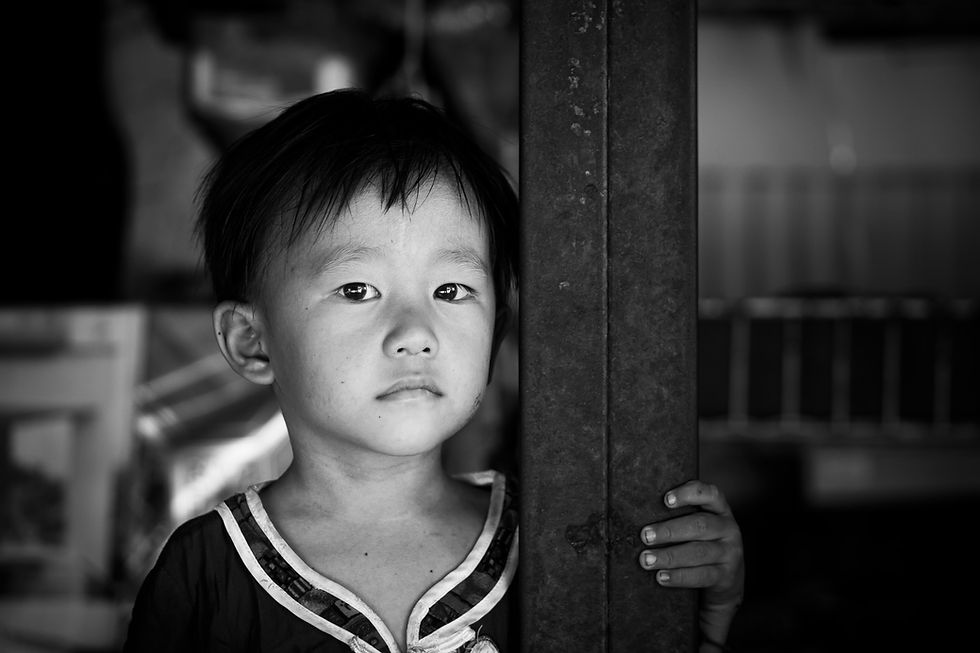
Before and After: Color vs Black and White
This is where the experiment became personal.Looking at my re-edited images side by side—with their original color versions—was like hearing the same song played in two different keys. The composition stayed the same, but the feeling shifted.
Sometimes subtly. Sometimes completely.
From Chaos to Clarity
One of the first images I edited was a market scene—bright plastic bags, fluorescent signs, layers of overlapping textures. In color, it felt a little too loud. Visually overwhelming.
But in black and white?The noise dropped away. The girl's pose became the anchor. Her eyes, which were easy to overlook in the color version, suddenly held the entire frame. The moment breathed more. It felt calmer, stronger—more human.
When Color Tells the Story—and When It Doesn’t
Some images did lose something when stripped of color. A child in a cherry-red shirt walking through grey smoke—without that red, the story lost its punch.But in others, color had just been a decoration. When I removed it, the real story stepped forward: the way a man’s hand covered his mouth, the way light fell across a wrinkled brow, the way a smile flickered in a girl’s eyes.
Black and white doesn’t work for everything. But when it does, it pulls something invisible into view.
Emotion Over Aesthetic
There was one portrait—an elderly woman seated by a concrete wall, bags of produce around her. In color, I liked the tones. In black and white, I felt her.Her story, her stillness, her years—it was all there, suddenly clearer. The emotion came forward. The aesthetic stepped back.
It wasn’t just a photo anymore. It was a presence.
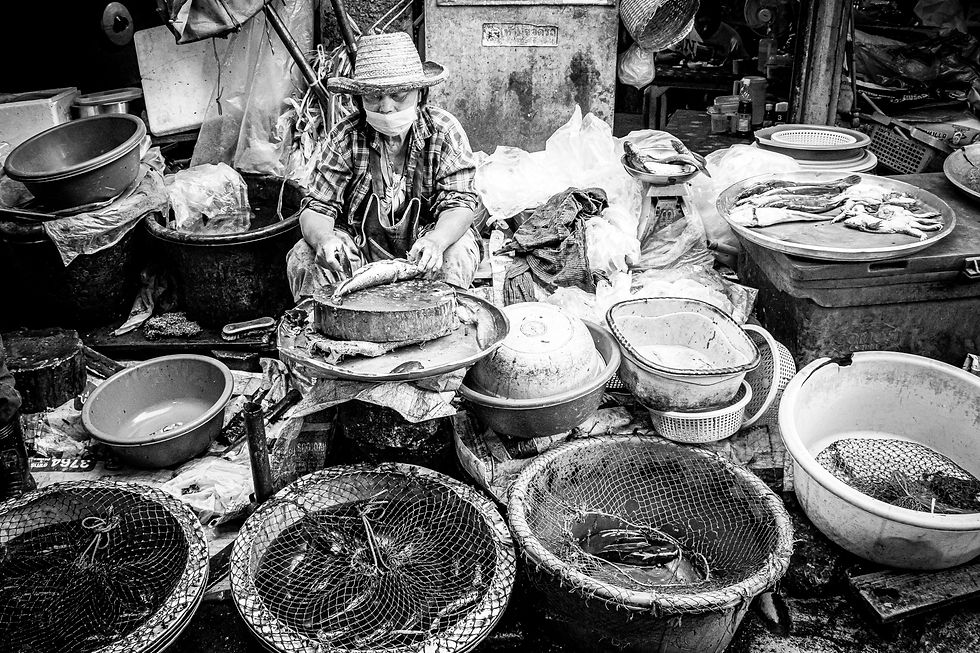
“When you photograph people in color, you photograph their clothes. But when you photograph people in black and white, you photograph their souls.” — Ted Grant
What Surprised Me Most
I’ll be honest: I still love color.I love the way it tells its own story. The warmth of golden-hour light on a temple wall. The flash of a red umbrella in a grey alley. The turquoise shirt of a child against a dusty street. For me, color is part of the rhythm of Thailand—it sings in the frame.
So no, this experiment didn’t make me want to give up color. But it did shift something important:Next time I go out shooting, I’ll go with the intention to see the world in black and white.Not as a fallback, not as a rescue button when editing—but as a deliberate choice. A lens through which to observe differently.
What surprised me the most was how black and white:
Made me look at light first, not color
Highlighted the emotion of a scene, especially in portraits
Slowed me down and made my editing more mindful
Gave me a new relationship with contrast, texture, and silence
In some photos, it felt like a layer of noise was peeled away. In others, I discovered feelings I hadn’t noticed before—like I’d uncovered a hidden version of the image.
Will I start editing everything in monochrome? No.But will I continue exploring it, learning its language, and making space for it in my creative process?Absolutely.
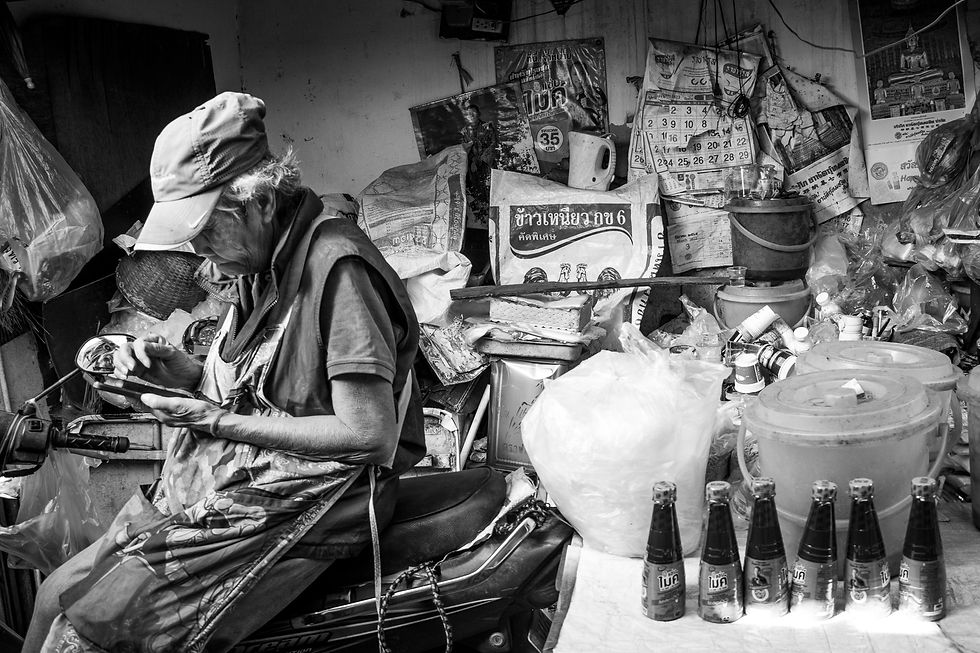
Next Steps on This Monochrome Journey
This first attempt at black and white editing wasn’t just about trying a new look—it was about trying a new way of seeing. And now that I’ve opened that door, I don’t want to close it again.
The next time I head out for a shoot, I won’t just be hunting for colors. I’ll be watching how shadows fall across skin, how shapes carve out emotion, how silence lives in a frame stripped of hue. I want to try photographing with black and white in mind—not as a post-processing decision, but as an intention from the very first click.
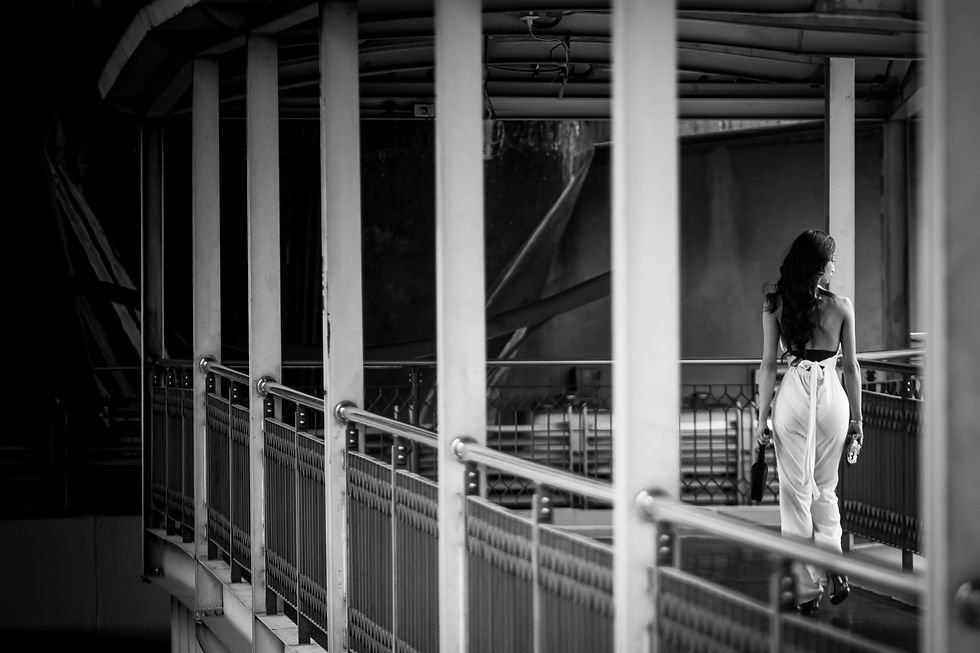
I also want to keep learning.Not just from my own images, but from the greats who built the foundation for everything we do now.
📷 Henri Cartier-Bresson taught me to wait for geometry, light, and timing to align—to find poetry in the unspectacular.
📷 Robert Doisneau reminded me that street photography can hold both irony and tenderness in the same breath.
📷 And Studio Harcourt continues to inspire me with how much elegance and presence can be captured in a single, sculpted beam of light.
Their work reminds me that black and white is more than a style. It’s a form of storytelling. A kind of visual honesty.
So here’s to more experiments. To trusting my instinct.To seeing in color—but shooting, sometimes, in black and white.
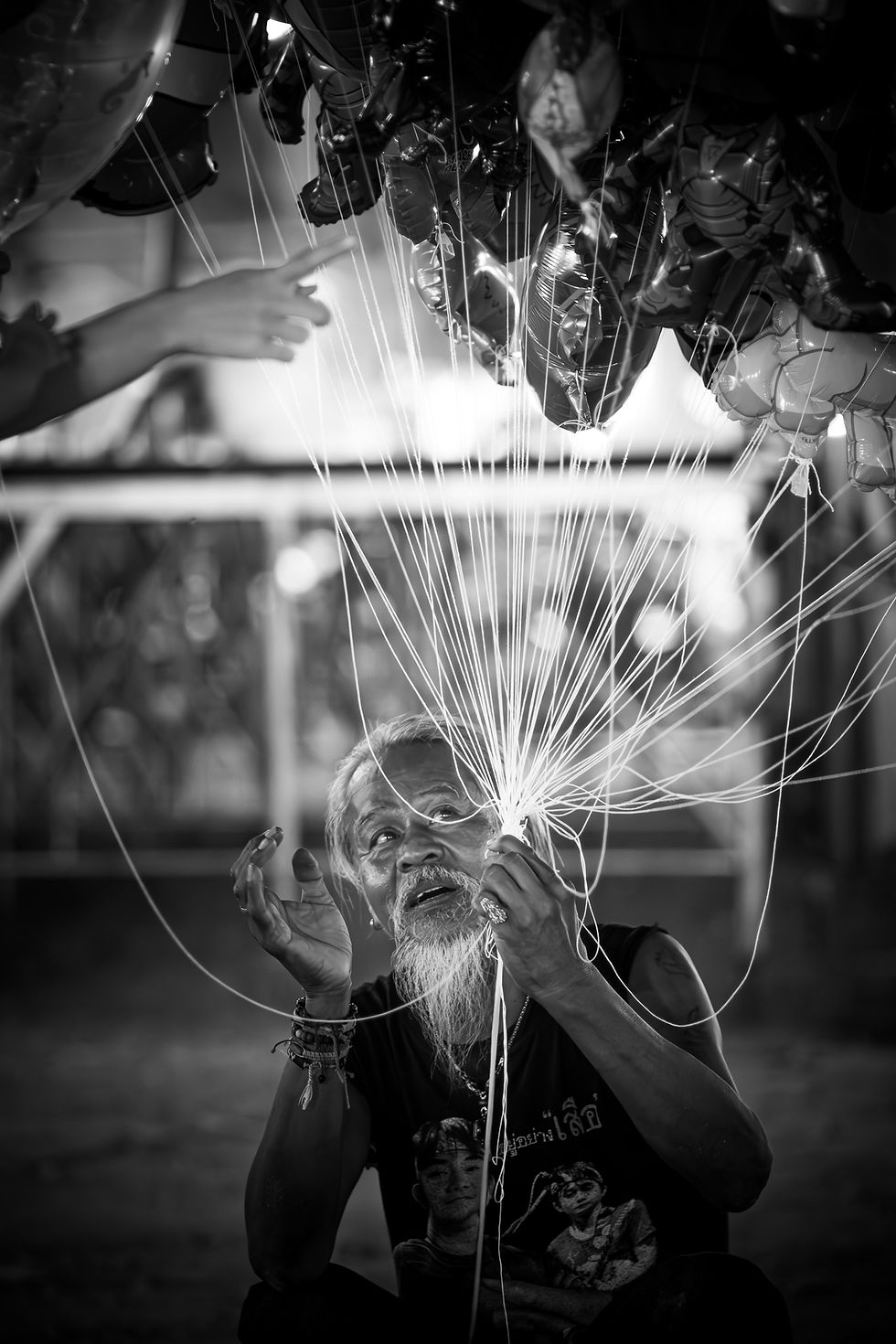
Quick Takeaways
After my first experience editing in black and white, here’s what I’ve learned—not just technically, but emotionally, creatively, and instinctively:
Black and white is not an afterthought. When used intentionally, it becomes a language of its own—quiet, focused, timeless.
Light and shadow become more important than ever. Without color, your eye naturally moves toward contrast, direction, and shape.
Some photos don’t survive the transition. That’s okay. Not every image belongs in black and white. But when it works, it transforms everything.
Portraits become more human. Wrinkles, eyes, hands—details often overshadowed by color—become the heart of the story.
Emotion leads the way. In black and white, you're not guided by palette. You're guided by feeling.
Editing becomes more intuitive. You rely less on formulas and more on instinct. It’s not about adjusting sliders. It’s about listening to the image.
This is just the beginning. I’m not turning my back on color—I love it. But I’m opening a new path, one I want to walk with intention, frame by frame.
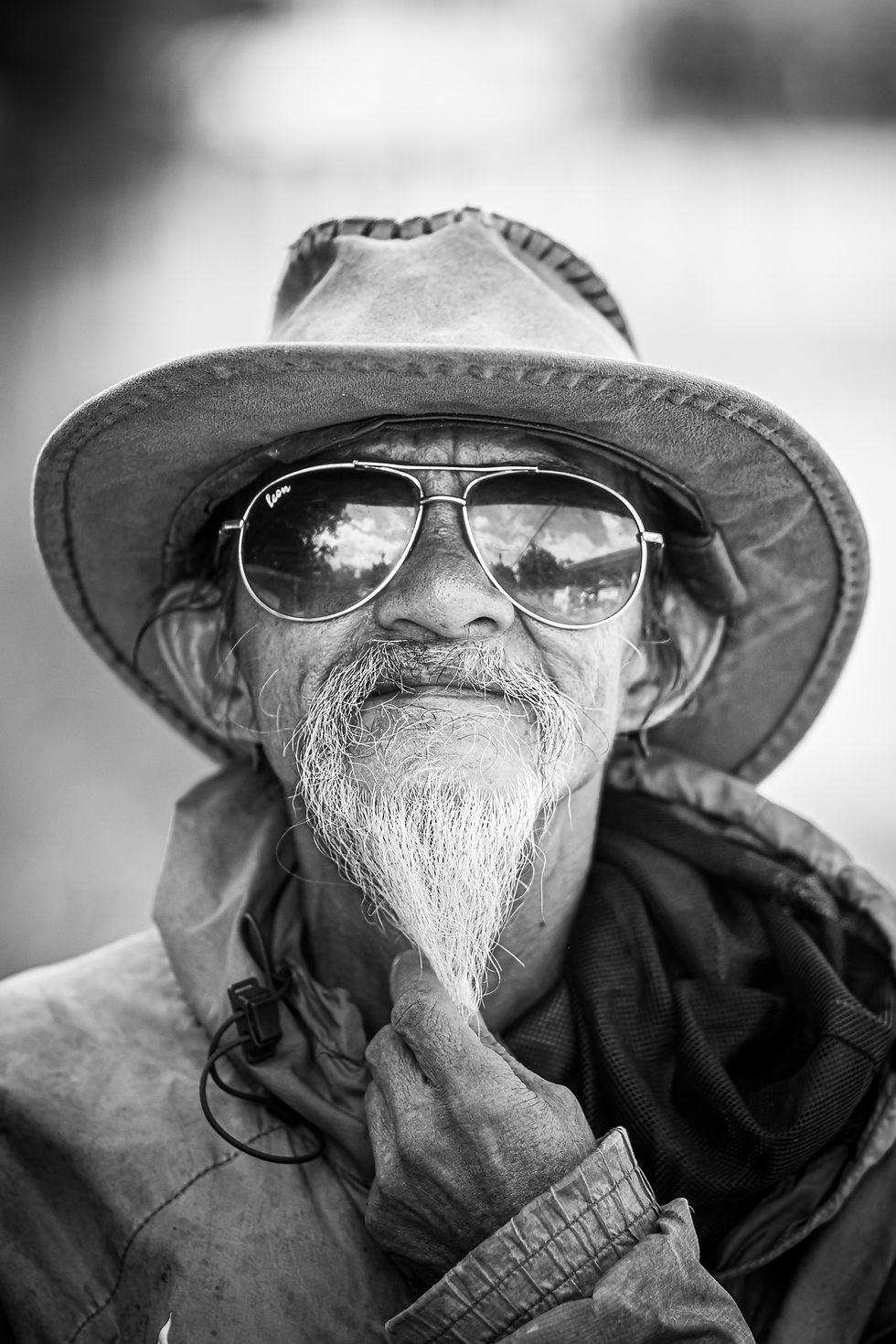
Conclusion
Trying black and white editing for the first time felt like switching off the music in a crowded room—and suddenly hearing the voices. The rhythm changed. The tempo slowed. I saw things I had missed before.
This wasn’t just an aesthetic shift. It was a way of seeing differently. Of reconnecting with light, with emotion, with the bones of a photograph.
Will I always shoot in black and white? No.But will I start seeing in black and white, at least sometimes? Absolutely.
The streets haven’t changed. The people, the textures, the daily life of Chiang Mai—they're still vibrant. But now I know that sometimes, the deepest stories are told in shades of grey.
So I’ll keep walking. Keep learning.And next time I raise the camera to my eye, I might just do it thinking in contrast, not color.
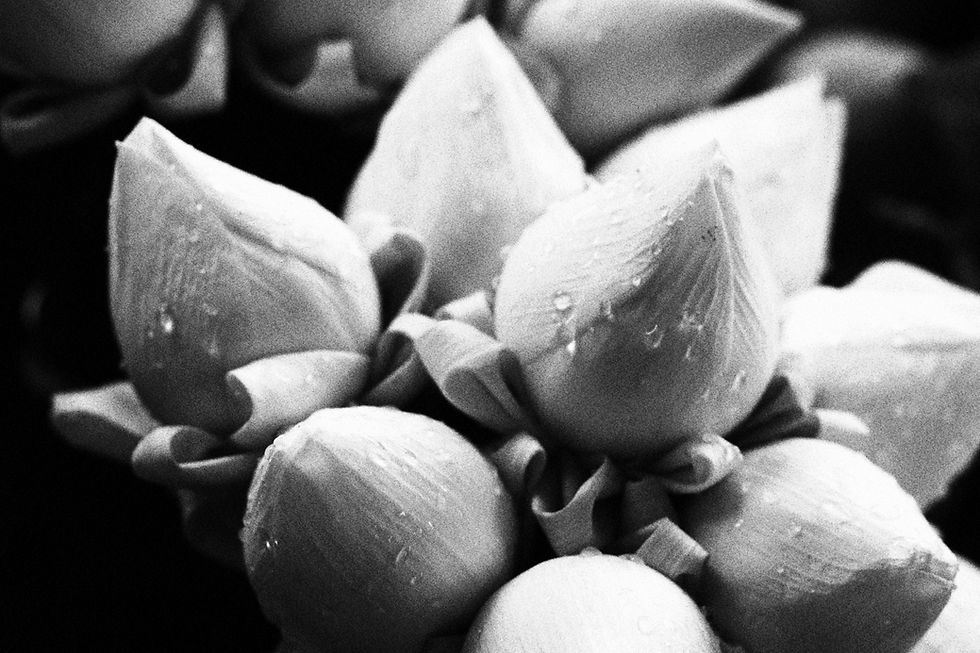


Comments